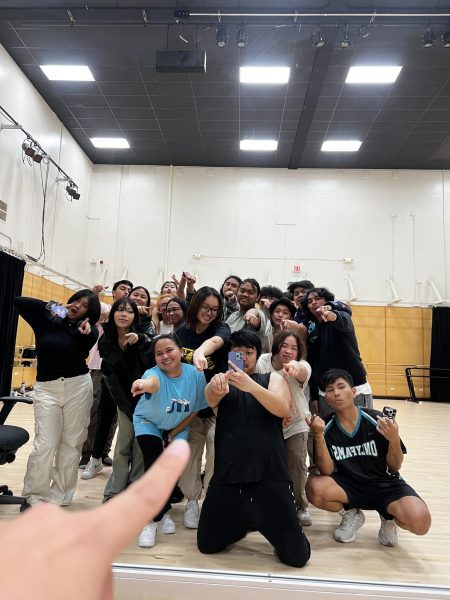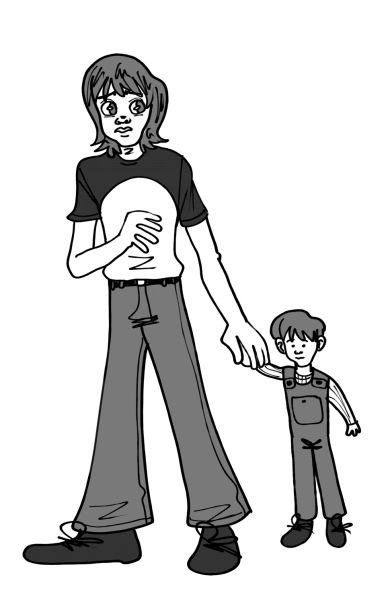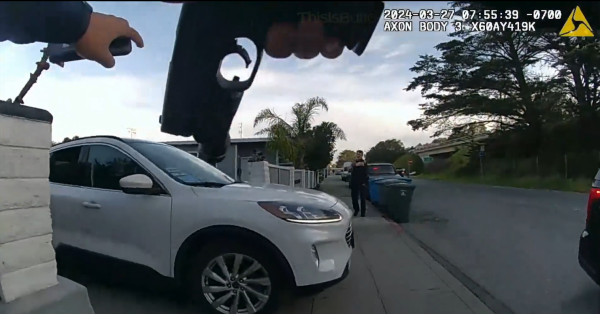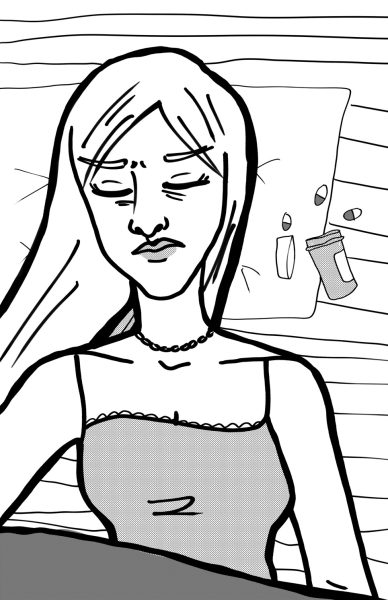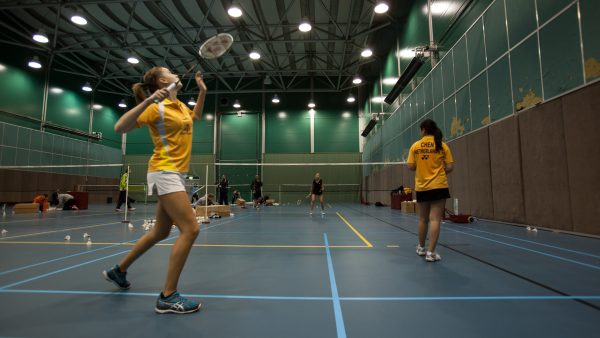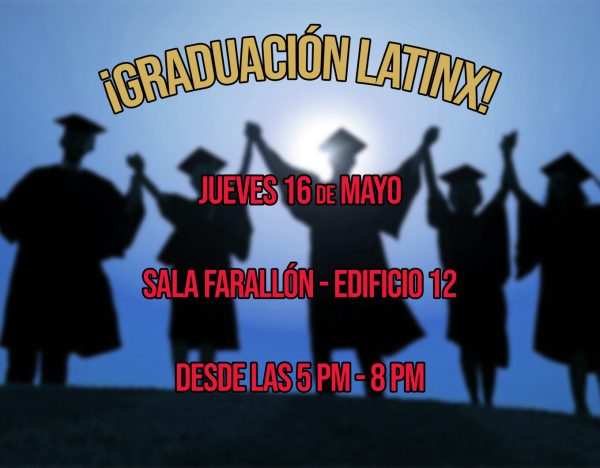The impact of COVID-19 on teaching
Skyline teachers reflect th evolution of teaching over this past year
COVID-19 has made online learning a reality, opening up opportunities to enhance traditional learning
It’s been over 19 months since COVID-19 engulfed the planet. Like most societal institutions, the school system was thrown into turmoil. Now that the teaching world has gone from roller coaster to a road with periodic speed bumps and a majority of classes have switched to online, instructors evaluate the adjustments that they and their students have made. Invariably, amid the challenges, there remains a sense of optimism.
“The pandemic is no joke!” said Dr. Michael Cross, professor of English and literature for Skyline College. “We will never return to ‘business as usual,’ as far as I’m concerned, and I invite you all to embrace the idea that this could be a positive eventuality!”
Every teacher has a different teaching style. Some are more tech savvy and creatively develop course material. Others have reached out for collaborative assistance through the Online Peer Mentoring program provided by the Center for Transformational Teaching and Learning (CTTL). Many teachers who have strong in-classroom skills were hesitant to switch to an all online system. Even those who were versed in online teaching found it difficult to translate all of their courses (sometimes embodying over 100 students) into the virtual domain.
Kim Saccio is an assistive computer technology specialist who teaches four different computer skills classes for the Educational Access Center (E.A.C.). She mentors many other instructors on putting together online classes, yet when it came to her own classes, she learned that her own native teaching style was more chaotic than she expected. She realized that having to shift to teaching online was a heavier lift than anticipated. This was because without the ability to improvise in a classroom, the online class has to be extremely organized so that content flows clearly within and between modules.
“In the classroom, I am constantly responding to student needs,” Saccio said. “I have a punch list of things that need to be covered in every session. How I cover it entirely depends on the students in front of me. It was a bit daunting to go from that completely free-form reactive style of teaching to needing to create structured CANVAS shells.”
In Dr. Michael Cross’ class, literary themes are extensively explored through monster tales: fairy tales, poems and plays. It is not uncommon for the class to chant ancient Greek choruses or discuss bogeymen, child-guzzlers, ogres, baba yagas and insatiable wolves. It can be hard to pack so much theater into a CANVAS shell, but Cross proved that it can be done without diminished effect.
“I was originally hesitant to complete online education training [prior to the pandemic],” Cross said. “I convinced myself that my primary strengths as an educator solely manifested themselves “in-person,” through face-to-face interactions, but I’ve learned that the mediation of the computer screen does not necessarily detract from those engagements; rather, online engagement helps me meet students where they are—literally.”
Once the initial structural transition was made to complete online learning, the greater challenge became engaging with students and building a classroom community. It is easy for students to hide behind a computer screen. That’s why teachers encourage students to unmute their video screens and join the classroom conversation. However, as Cross admitted, teachers need to be sensitive to the fact that real-life circumstances might make being on camera truly impossible for some students. They may have to be at work, care for loved ones, or not want to reveal their living circumstances.
With community college enrollment dropping nearly 20 percent during the pandemic, retaining a sense of community became more difficult. Saccio expressed regret that some students did not respond at all. Many just fell off the grid.
“I knew everybody was suffering, and if they wouldn’t communicate with me, there was nothing I could do to help them,” Saccio said, lamentingly.
Keenly aware of the need to foster human connections, Saccio occasionally used her weekly class sessions as simply office hours—sometimes not even touching on the class curriculum itself. This provided an avenue for students to communicate on issues they were having beyond the classroom.
When the instructors were asked if there were any initial missteps that they would do differently, Saccio admitted that there are always some mistakes every teacher makes. She said that with every class, you learn and you grow, and in every class, you learn something you could do better. For example, she pointed out that not every student is adept at learning from video demonstrations. Students have different learning modalities, and some require readable material. Saccio realized that she needed to create “cheat sheets” to provide step-by-step procedures for every major task.
Dr. Cross corroborated the trial-and-error nature of converting to online teaching.
“Some strategies that often work well in person fall flat online, whereas other strategies that might bomb in person work fantastically on the virtual level,” Cross said. “Like anything, you get better by doing, and I’m starting to feel like I’m really getting a handle on how to make this work: now, the goal is to translate these lessons into better in-person classes when I return to campus in the spring.”
Undoubtedly, the online sphere has produced pedagogical methods like HyFlex learning that will be useful for in-classroom teaching as well. [see article, ‘Is HyFlex Learning a Viable Option?’] Cross stated that it was likely that all of his courses will function like hybrid courses in the future because some skills can be learned just as well asynchronously. He believes that shifting content online will allow more engaging, participatory and meaningful in-classroom time. The “cheat sheets” that Saccio now provides will now be used regularly for future face-to-face learning. She also thinks that connecting by Zoom is a valuable tool in any teaching environment.
“When I go back to teaching face-to-face, I think I’m going to continue the virtual office hours,” Saccio said. “A lot of students don’t necessarily want to come to campus just to ask a question, so I think I will include an option for virtual hours as well as in-person.”
Putting the new teaching tools aside, the question still remains as to whether students can come away with the same grasp of class material and overall understanding of course principles in an online environment versus being in the classroom. The answer differs from course to course. The computer skills classes from the E.A.C. typically have a small number of students with various needs. Saccio explained how every person learns differently, and every teacher teaches differently. Even if a course is beautifully designed, a student who just needs human interaction and doesn’t do well working on a computer will not get anything out of the class. Conversely, a student who works well independently will thrive in a mediocre designed online class.
Cross was of the opinion that online courses universally can provide the same course objectives as in-classroom learning, but it requires students to be diligent.
“Just like anything, I think it depends on how much effort and attention students put into the experience,” Cross said. “You can get a ton out of online engagement as long as you’re committed to putting in the effort.”
As for strategies going forward given the uncertainty of the pandemic, the consensus was that the old paradigm needed to give way. Cross stated that if business as usual wasn’t working prior to the pandemic, we now have an opportunity to reimagine a system that will privilege the mental and physical well-being of ourselves and our loved ones. Saccio expressed hope that the administration would retain a large chunk of classes online. She said that it would be smart to work out a structure to easily pivot back and forth between online and in-classroom instruction.
“Where we are with Skyline it’s not just COVID,” Saccio said. “Random blackouts, fires, air quality—the things that happen on our campus—it’s just crazy, so we really need to come up with a way to make it possible for instructors to flip to online instruction when necessary to ensure continuity. That’s a tricky thing to manage, but I’m confident that we can figure it out.”
Throughout this COVID crisis, Skyline instructors not only developed strategies and learned about the intricacies of teaching online, they learned about how pliant and determined their students are.
“Skyline students are incredible human beings!” Cross said emphatically. “They are juggling and managing incredibly complex social pressures, and I’m constantly awed and humbled by their resilience and their commitment to their dreams! If anyone knows the truly troubling economic, emotional, and psychological consequences of the pandemic, it is our students, without question. However, they refuse to let something as small as a global pandemic get in the way of their goals! They just grind—everyday, all day— and I’m truly overwhelmed by their grit and determination!”




